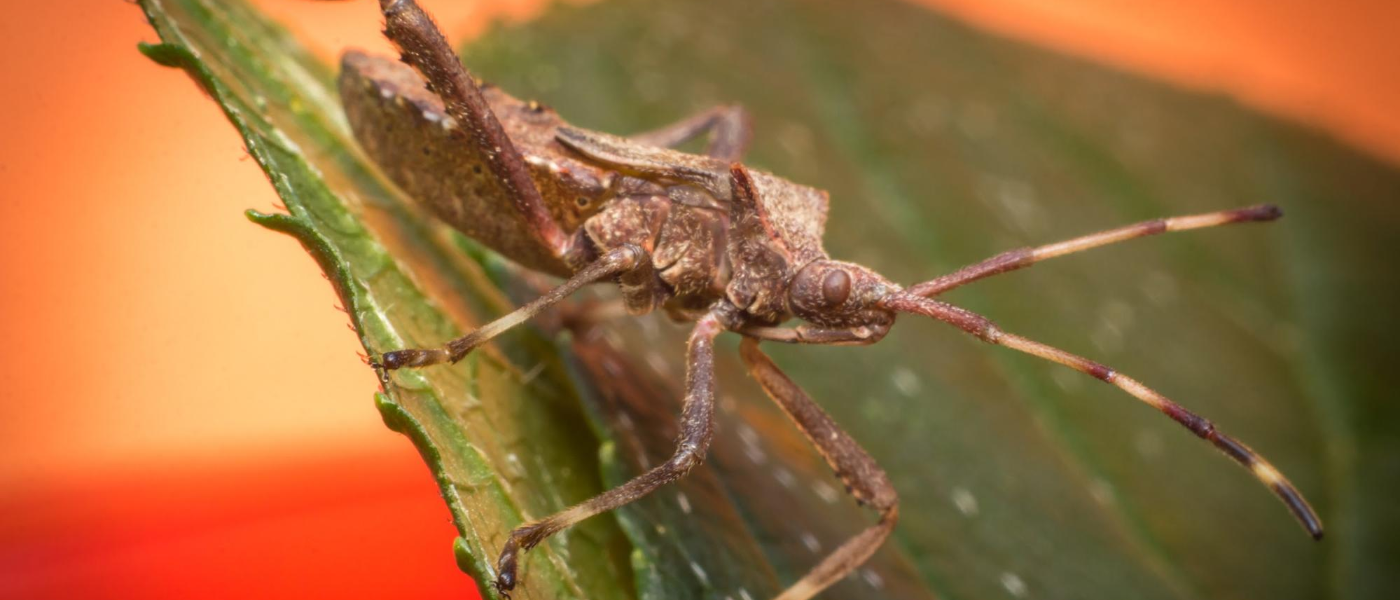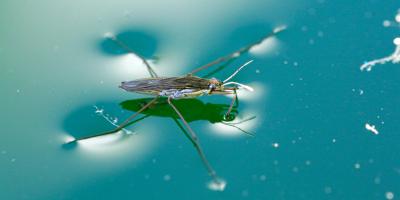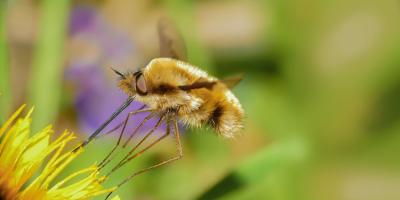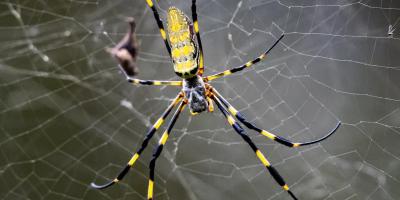Keeping Squash Bugs Out of Your Pumpkin Patch

Autumn means harvest time, which for most people calls to mind iconic images of Americana: the sky at dusk, rolling fields, an auburn full moon and the bounty of goodness from the soil to sustain us through the winter ahead. Unfortunately, if you’re a commercial farmer, your life probably isn’t such a Norman Rockwell painting.
Seasonal Challenges Stressing Commercial Farmers
The reality for commercial farmers is that fall mean crunch time, which has nothing to do with all the dry leaves on the ground. Fall is when all the work you’ve put in since spring comes to fruition, for better or for worse. But no matter how hard you toiled on your fields, sometimes Mother Nature steps in and gums up your plans.
Any farmer who’s been tending the land for any length of time knows some seasons are good, some bad, and most fall somewhere in between. There’s always a risk in farming, considering how many variables—some within your control, some without—can affect what you actually reap. Sure, talent and skill play into it, but so do rain, sun exposure, temperature fluctuations and pests.
That makes each harvest a big deal for farmers: It’s what determines a commercial farmer’s bottom line—whether the year will show a profit or a loss. Practically everything is riding on every single harvest, year after year.
Seasonal Safeguards for Squash
Perhaps the most autumnal of all crops to harvest in the fall is squash, which includes a variety of gourds, as well as the beloved pumpkin. However, despite being so closely associated with falling leaves and plummeting temperatures, squash do not have an easy ride from spring to fall. They have leagues of natural enemies, specifically insects scavenging for their delectable sugars.
Growing squash is already hard work, before you even start worrying about pests. Pumpkins, especially, require a long growing season of anywhere from 75 to 100 frost-free days, which often begins indoors in early spring. Their soil has to stay warm (70ºF to 95ºF), they can’t be planted too close to one another (four to eight feet apart, at a minimum), and they require season-long maintenance, which can include protective coverings, ample hydration and tender love and care for their fragile, 20-foot long vines.
In addition to managing those tasks, pumpkin farmers have to contend with a critter that may be small in stature but whose damage to crops packs a major wallop: the squash bug.
The Solution to Squash Bugs
Squash bugs are extremely difficult to manage; however, left unchecked, they can absolutely ravage crops like zucchini, winter squash and pumpkins. Squash bugs are just over a half-inch long with a gray/brown body marked by an orange stripe below their abdomen. They damage plans by puncturing them with their mouthparts and literally sucking the life right out of them.
You can identify their unique path of destruction by looking for yellow spotted leaves that are starting to dry out and turn brown. Because their structure has been damaged, plants will often wilt, even with minimal squash bug damage.
Thankfully, there are some safe, non-chemical methods to treat for squash bugs. Neem oil is derived from an evergreen tree, by pressing its fruit and nuts into vegetable oil that repels most insects. Row covers also protect crops by creating a physical barrier. If the squash bug problem persists and worsens, farmers may have to call in a pest control professional.
Not sure if you’re looking at a squash bug or not? Send a photo to Dr. Gary for free identification.



